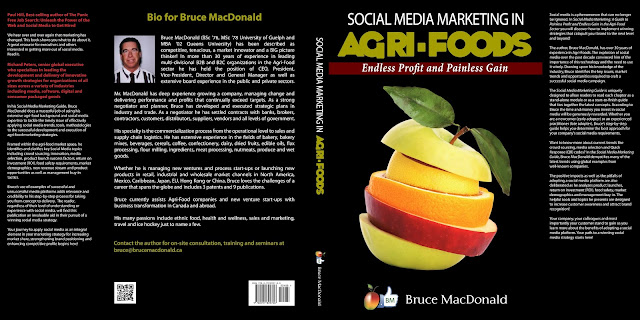DESPITE DECLINES, AMERICANS STILL EAT TOO MUCH SUGAR
Published May 2, 2013 in Food Product Design.
ATLANTA—Sugar intake has declined over the last decade, but health experts say Americans still consume too much with about 13% of adults' daily calories coming from added sugars in foods, according to a report by the Centers for Disease Control and Prevention (CDC).
The report is based on data from the National Health and Nutrition Examination Survey (NHANES), consisting of interviews of about 15,700 adults, ages 20 and older, from 2005 to 2010.
It found men consume about 335 calories a day from added sugars; women consume 239 calories. About 67% of added sugars come from foods and the other 33% comes from beverages. These include sugars like white sugar, brown sugar, high-fructose corn syrup (HFCS), maple syrup, honey, molasses and other caloric sweeteners that are added to processed and prepared foods and beverages such as cakes, candy, cookies, muffins, jams, chocolates, ice cream, sodas, fruit drinks, sports drinks, energy drinks, coffee, tea, flavored milk and alcoholic beverages—not sugar added at the table.
An analysis of the CDC data by other scientists shows that while high, added sugar intake has declined in people, ages 2 years and older, from about 18% of total calories in 1999 to 2000 to 14.6% of total calories in 2007 to 2008. The decrease in regular soda is the biggest contributor to added sugars and mainly responsible for the decrease, said Bethene Ervin, the study's lead author and nutritional epidemiologist with the National Center for Health Statistics, part of the CDC.
However, the current intake of added sugars is still greater than the amount recommended by the American Heat Association which advises that men should consumer no more than 150 calories a day from added sugars, and for women, no more than 100 calories a day—or about six teaspoons of added sugar.
NHANES data also showed the percentage of total calories from added sugars decreased with age. Men and women ages 20 to 39 years consume the most calories from added sugars, 397 and 275 respectively. Black men and women consume about 15% of their daily calories from added sugars compared with 13% of Caucasians and Mexican-Americans. Also, people with the lowest income levels consumed about 15% of their daily calories from added sugars compared to those at the highest incomes, who consumed around 11.5%. Surprisingly, 67% of the added sugars from foods were consumed at home
Siimilarly, a study from last year, by Ervin and colleagues, found that kids and teens are consuming about 16% of their daily calories from added sugars with boys consuming about 362 calories a day from sugar and girls, 282 calories.
According to the American Heart Association, research has linked high intake of added sugars to health conditions like obesity, high blood pressure, type 2 diabetes and other risk factors for heart disease and stroke.
Check out the free digital issue “Sweeteners of the Future" from Food Product Design to see what get the 411 on sweetener trends and how food formulators will incorporate them into future offerings.
Check out the free digital issue “Sweeteners of the Future" from Food Product Design to see what get the 411 on sweetener trends and how food formulators will incorporate them into future offerings.
Check out my latest e-book entitled: "Social Media Marketing in Agri-Foods: Endless Profit and Painless Gain".
The book is available on Amazon and Kindle for $4.99 USD. Visit amazon/Kindle to order now:
http://www.amazon.ca/Social-Media-Marketing-Agri-Foods-ebook/dp/B00C42OB3E/ref=sr_1_1?s=digital-text&ie=UTF8&qid=1364756966&sr=1-1
Written by Bruce MacDonald, a 30 year veteran of the Agri-food industry, in "Social Media Marketing in Agri-Foods: Endless Profit and Painless Gain", Bruce applies his background and expertise in Agri-foods and social media to the latest trends, tools and methodologies needed to craft a successful on-line campaign. While the book focuses on the Agri-food market specifically, I believe that many of the points Bruce makes are equally applicable to most other industries.


No comments:
Post a Comment